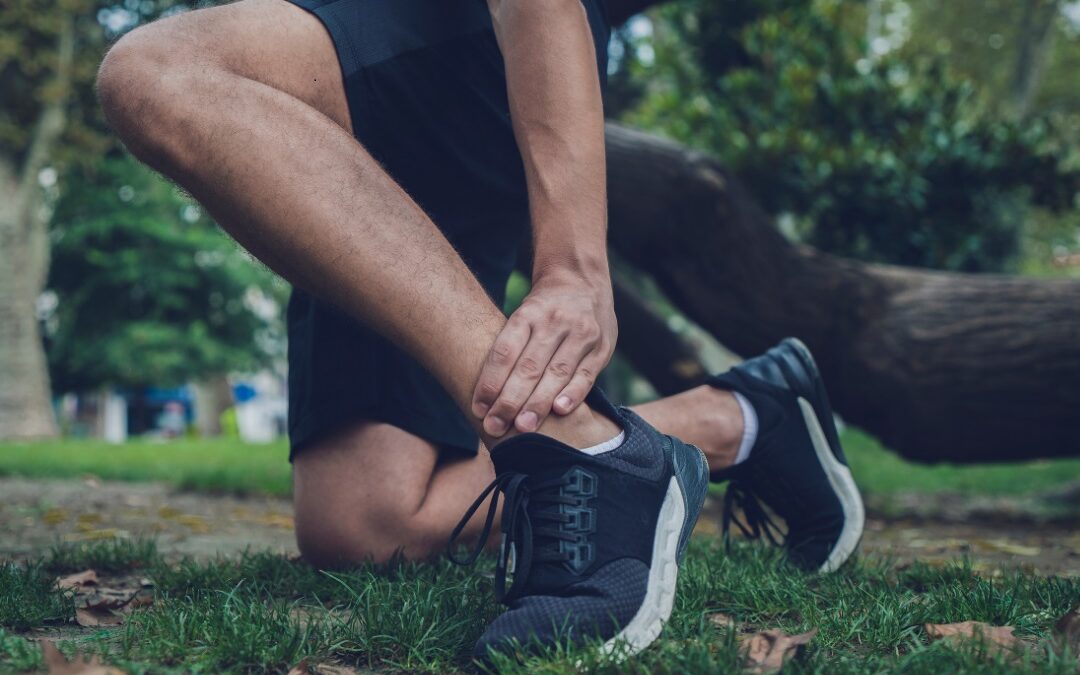Not everything is tendinopathy or just tendinopathy
When it comes to diagnosis, it is important for us as clinicians to nail it because they can often co-exist. Our job is to collect all the appropriate information from the client and combine it with our objective measures to form a treatment plan.
This article will dive into more detail about dealing with tricky tendons and what a typical rehabilitation would look like.
What is a tendinopathy?
Tendinopathy can be defined as a failed healing response of the tendon and an umbrella term for clinical conditions associated with overuse in and around tendons – this can often be interpreted as pain. A good example of this tricky diagnosis is differentiating between an Achilles tendinopathy (AT) or a peri-tendinopathy (PT). An AT is when the Achilles tendon itself becomes irritated and inflamed whereas a PT pathology occurs when the outside sheath or layer of the tendon that usually protects it swells up and can often squeeze the tendon inside causing irritation.
The two can present quite similarly however a thorough subjective assessment and the use of the correct clinical tests can help you narrow it down. These can also co-exist and will slightly change how we manage it.
Important questions to ask include:
- Exactly where does the pain occur under load?
- What activities cause the pain?
- Does the pain “warm up” and decrease as you do more, or does it get worse the longer you work?
Peri-tendons tend to cause pain when going into repeated end range plantar/dorsi flexion, when you aren’t using the tendon to act like a spring. Achilles tendinopathy also tends to be a bit more localised and by placing a stethoscope over the tendon during active range of motion, you will be able to hear crepitus with plantar and dorsi flexion (for a peri tendon).
Things to Expect:
Tendon research is focused on the early stages of management which means that the later stages of rehabilitation can sometimes be overlooked. It is not just about getting the client pain free, we must also focus on getting the client strong and minimise their chances of re-injury (especially in elite athletes).
This doesn’t just mean working on the calf muscle strength, it can also include:
- Muscle/tendon endurance training and ensuring the tendon is “springy” again. Minimum of 20-25 calf raises before moving on to the next stages.
- Working the strength and stability around the hips, knees and ankle.
- Ensuring that we strengthen both sides and not just make them “even”.
A typical tendon loading rehabilitation would start with isometrics (working the muscle without going through painful ranges), progressed to eccentric and concentric phases and then plyometrics (jumping and landing, and any of energy storage activities).
Remember: there is no specific time frame for tendons to heal!! This is because the starting point, load/lifestyle and symptoms will differ from person to person.
References:
Do you have any questions?
Call us on (03) 9857 0644 or (07) 3505 1494 (Paddington)
Email us at admin@mdhealth.com.au
Check out our other blog posts here
Our clinical staff would be happy to have chat if you have any questions.



